
Valuation and Certification services now available in India – Diwali comes early for Fountain Pen lovers.
I always buy fountain pens – especially the old, vintage stuff of Indian origin – blindly. I know it is a path full of pitfalls, with dangers lurking in the corners and would never encourage others to follow my example, but that is the way I buy them. I know a whole lot of pen dealers; some are less friends and more brothers and am seldom, either without a new, untested stack or eagerly awaiting another packet from the courier. As most people who have transacted with me will vouch, I also do not haggle over the price they quote, which is another one of my quirks which should not be followed as a convention.
That brings us to a peculiar problem. While most of the sellers who know me, assure for the authenticity of the prices they charge, most fellow fountain pen collectors feel, in private, that I am short charged. The problem is exacerbated when I buy from a seller who has no idea how much to quote for a particular piece and more often than not, the gap between their expectations and the actual market prices is so large that it leaves a bad taste in both our mouths, a case where reaching a common high ground of mutual satisfaction is a near impossibility.
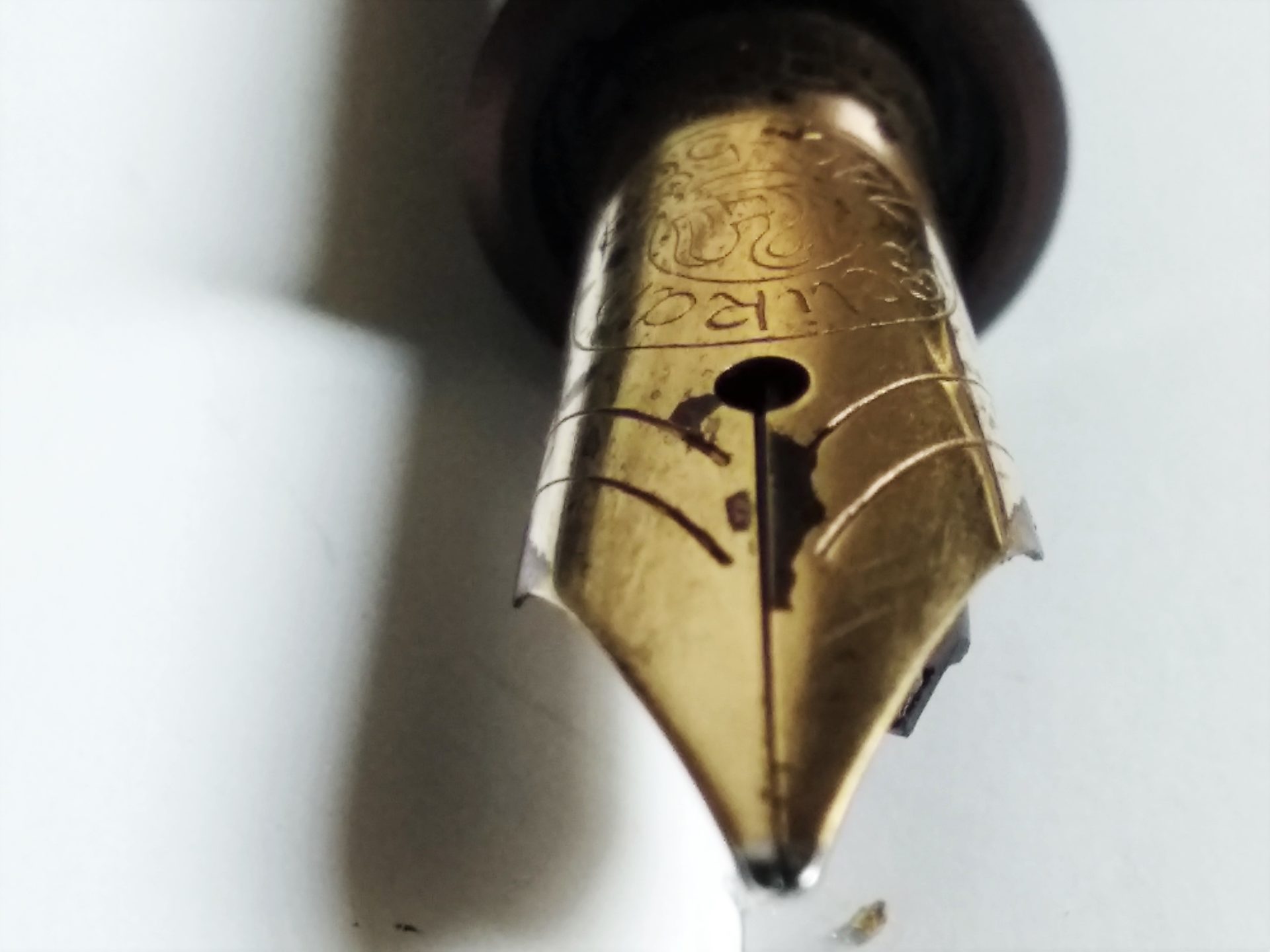
Thus, the need for a pricing mechanism – one that is fair to all the parties involved – has been one that I have missed, often painfully. A kind of an arbitrator, a pricing authority, an ombudsman even, someone who will certify, not only the veracity and authenticity of the piece based on certain pre-set parameters, but will also provide a kind of a “suggestive” price, a mean, around which the price should hover. In short, a Valuation and Certification service.
Such a Valuation and Certification would also be invaluable for collectors as they will, with its aid, immediately be able to value their collections. And in the extreme case where one is forced to prune down (no lover of fountain pens willingly parts his or her collections), or liquidate the holdings, such Valuation and Certification will be invaluable for obvious reasons. Besides, the whole process will be fair and transparent and the authority affixing their seal on the certificate will be, in fact, staking its reputation on the piece of paper, for a reasonable fee, on the veracity of which its credibility will depend. But alas, there is no such organisation in India to do the job and the present system of sending pictures to “experts” in the social media is neither credible nor tenable, leave alone being reliable.
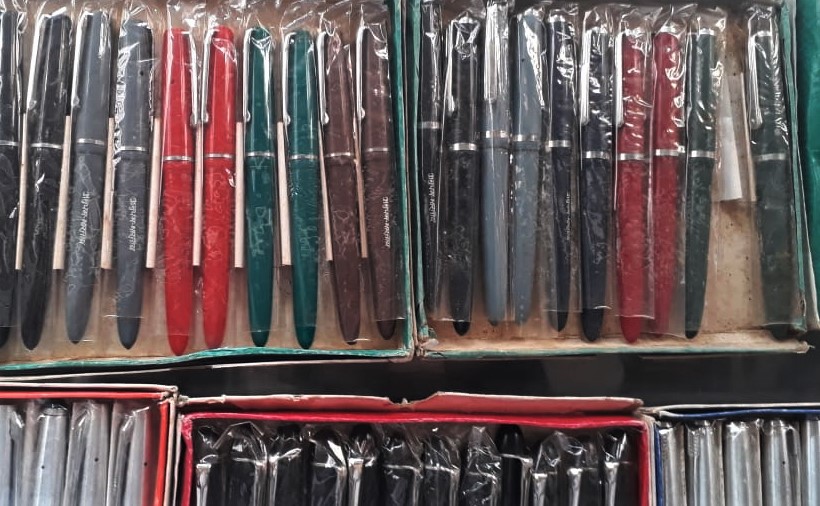
There is another problem with buying old Indian fountain pens – the absolute lack of knowledge about most brands, except a handful. While I consider buying a fountain pen and digging out its history as a part of the excitement that the passion of collecting brings with it, I do accept in the same breath, that not all are so inclined and are therefore, put off by the lack of information accompanying the instrument they often buy.
Thus, when Prof K C Janardhan, the Maestro and the man behind the J’s Quill group offered such an Valuation and Certification service, I promised to be the first client. I was then talking to a certain person in Guntur who wanted to sell some old Indian pens and I sent him the money with a request that he send the pens directly to Prof Janardhan for valuation and certification.
While the actual parameters on which Prof Janardhan has evaluated the pens is his intellectual property right, the certificate that he has provided is detailed and good enough for me. It is a completely different matter that the pens turned out to be ones that did not warrant the effort, still.
“First, I try to ascertain the maker or the brand, identify its antiquity. The next step is to test the performance and the physical condition that the instrument is in, ensure that all the parts are original as was intended by the maker and whether, deviations, if any, actually add value to the piece. Only then is the suggested price is arrived at. What needs to be noted is that such suggestive pricing depends upon so many variables that there cannot be a one-size-fits-all mechanism to ascertain the price. Yes, I discuss with “n” number of experts and dealers whose inputs are invaluable, form whom I also try to stitch together the narrative to accompany the instrument” says Prof Janardhan, who is not only one of the most celebrated Calligraphers in the world, but is also an avid collector of writing instruments and accessories – the moving spirit behind the J’s Quill Museum showcasing Handwriting, Lettering, Calligraphy, Fountain Pens and other writing Instruments, based in Bangalore.
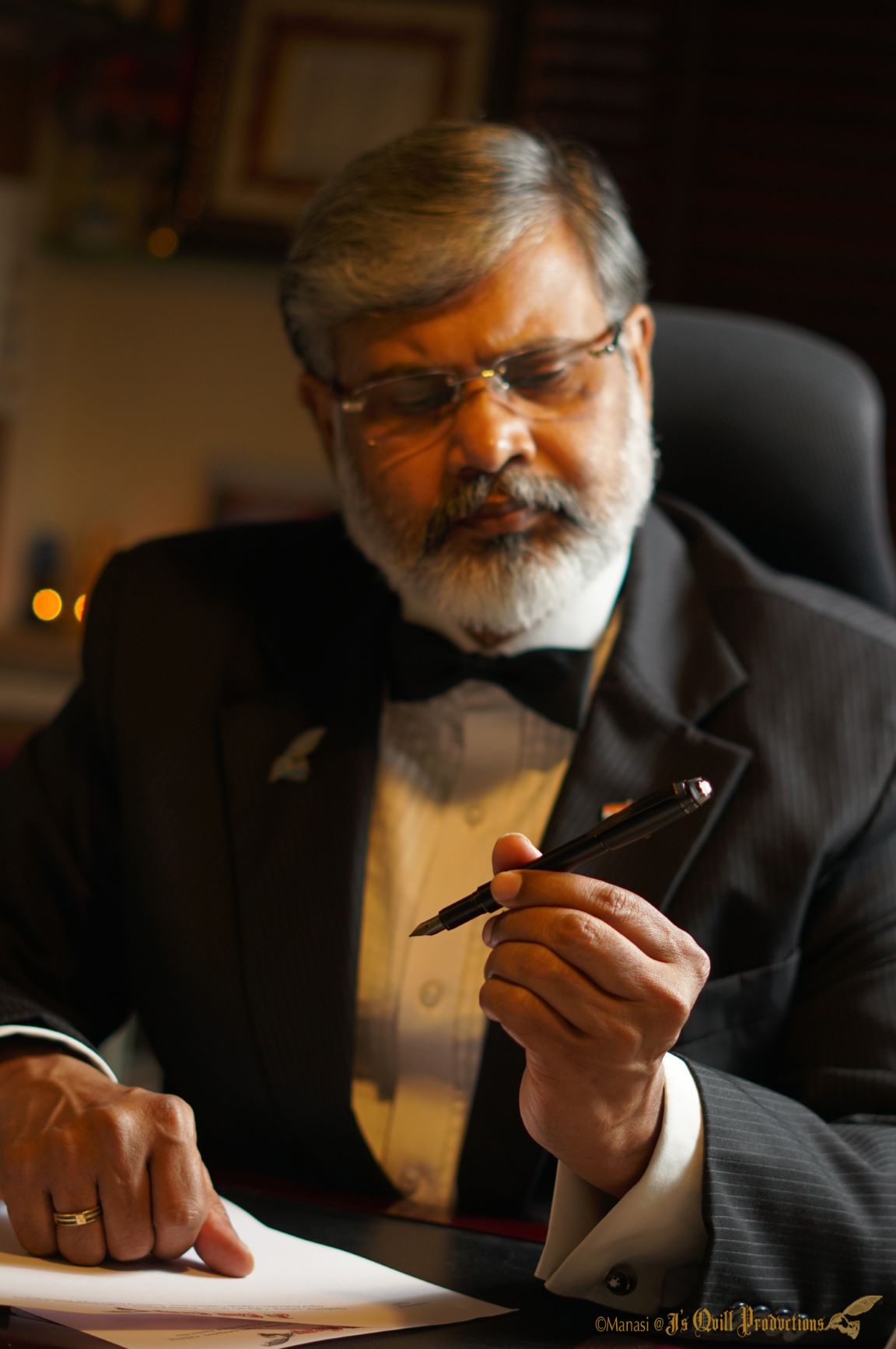
Admittedly, these are the first faltering steps of a toddler and there are bound to be grey areas that will need to be worked upon, genuine concerns that need to be addressed. However, that it is a step in the right direction – an idea whose time has come – cannot be overemphasised and I would like to call upon the fountain pen community – experts and amateurs alike, to kindly add your suggestions so that the necessary improvements in this Valuation and Certification process can be incorporated.
As Prof Janardhan puts it “this is the BETA version and we need as many inputs from the actual end-users as possible so that we may improve upon the offering, that it may go ahead and address all the concerns that it intends to.”
One final point – are fountain pens a good investment, purely in financial terms? Most experts tend to pooh-pooh them as an investment option. But then again, sceptics point out the fact that they lose out as there is no formalised market for fountain pens where the buyer and seller can meet and transact as per universally accepted norms. Well, the dream of a market may be a bit farfetched, but mark my words, this is the first step towards it.
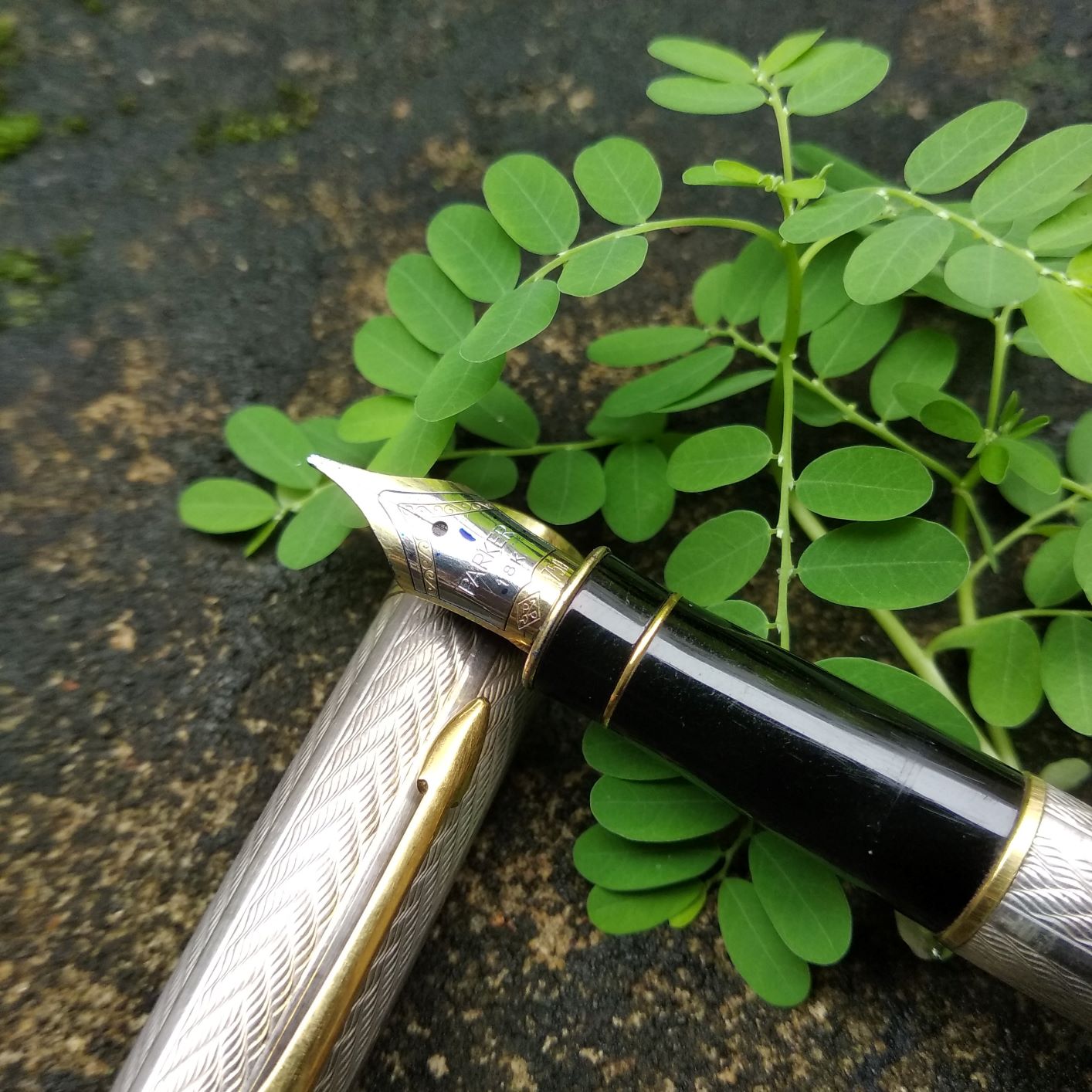
For More information visit: https://jsquill.com/
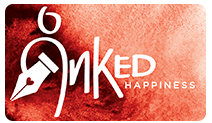
This is very nice initiative. And need based solution. Best wishes.
An interesting but a rather confusing initiative Chawm.
I would like to ask: what is the relevance of the certificate if the price of the changes between when the certificate was issued and the pen is sold by the user?
Example: Omas Arco celluloid pens. They were $600-700 back in 2016. But in 2017 they jumped up to $1200+ after Omas shut down.
Same with Delta, Pelikan special editions which increase in price almost every year.
boss, very valid point and thank you for the raising it. the certificate, will not be absolute but will only be indicative in nature. naturally it too will get dated, especially with major changes in the underlying circumstances, especially of material nature. in such cases, it will need to be updated.
A very novel concept in the Indian scenario. Jana this is a unique contribution to the art of hand writing, giving importance to the instrument Itself. Pen manufacturers would welcome this concept.
Jana you never cease to amaze me.
Dear Mr Janardhan,
Good Wishes
it’s a amazing & very revolutionary experiment in the history of Pen. Valuation and Certification of Pen will be really invaluable for obvious reasons.
Regards
Er Atul Koirala
The write up was a great about information and buying impacts with facts prevailing on selling / buying of fountain pens. The written English ofcouse an high standard with matters of elabrated reality.
Mr.JANARDHAN my sincere appreciation on your improved standard of written English along with great collection reg PEN.
My best wishes for your rapid professional growth .
Thank you for still remembering our friendship which took long way in our history since 1989..
It will most certainly help people who collect old pens.
This is a tricky business and best not to get into this.
It raises several questions, especially with vintage pens.
1. It is almost impossible to value a vintage pen without thoroughly dis-assembling and testing every component. At best, disassembly is tricky in the hands of untrained people.
At worst, you are left with a train wreck.
Who is responsible in such a situation?
Is the valuation and certification done solely at the owners’ risk?
2. What happens if there is an issue with a pen that did not get highlighted?
3. What happens if no one is willing to pay the price at which the pen is valued?
4. What happens if the seller feels the price should be higher?
5. What happens if the buyer feels the price should be lower?
6. I have seen how numismatic valuation organizations work, most of them have questionable credentials and the coins they grade get sold for very high amounts just because they have been graded. I have read a lot of horror stories where the coins that were sent for grading have gotten damaged because of bad handling. The same thing could happen with pens.
Who is responsible if that happens?
Sorry for being the devil’s advocate, but I would definitely not send any pens for valuation until such questions are answered.
Will be the sellers acknowledge such valuations?